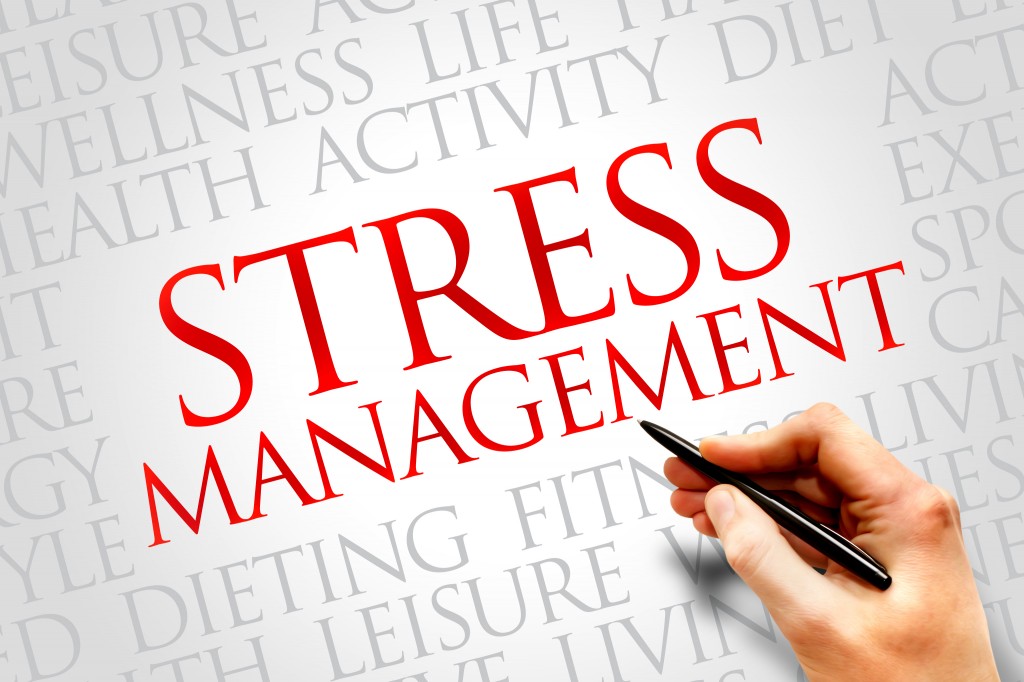Restorative Yoga 101: Relax & Renew
Restorative Yoga is focused around the “ahhh” experience in yoga; the space found by breathing, relaxing and letting go of the mind’s internal dialogue. This gentle approach to practice allows participants to experience the same benefits of traditional practice while exerting little or no effort at all and leaves students feeling nourished, refreshed and well […]
Successful Stress Management Techniques

Beth J Shaw author of YOGAFIT Stress Management means basically, learning how to manage stress, by witnessing it, and releasing it. Stress management, is simply, a daily process to let go of tension stored in the body and mind. Without this letting go process, we become candidates for ulcers, heart attacks, migraines and premature aging. All known […]
